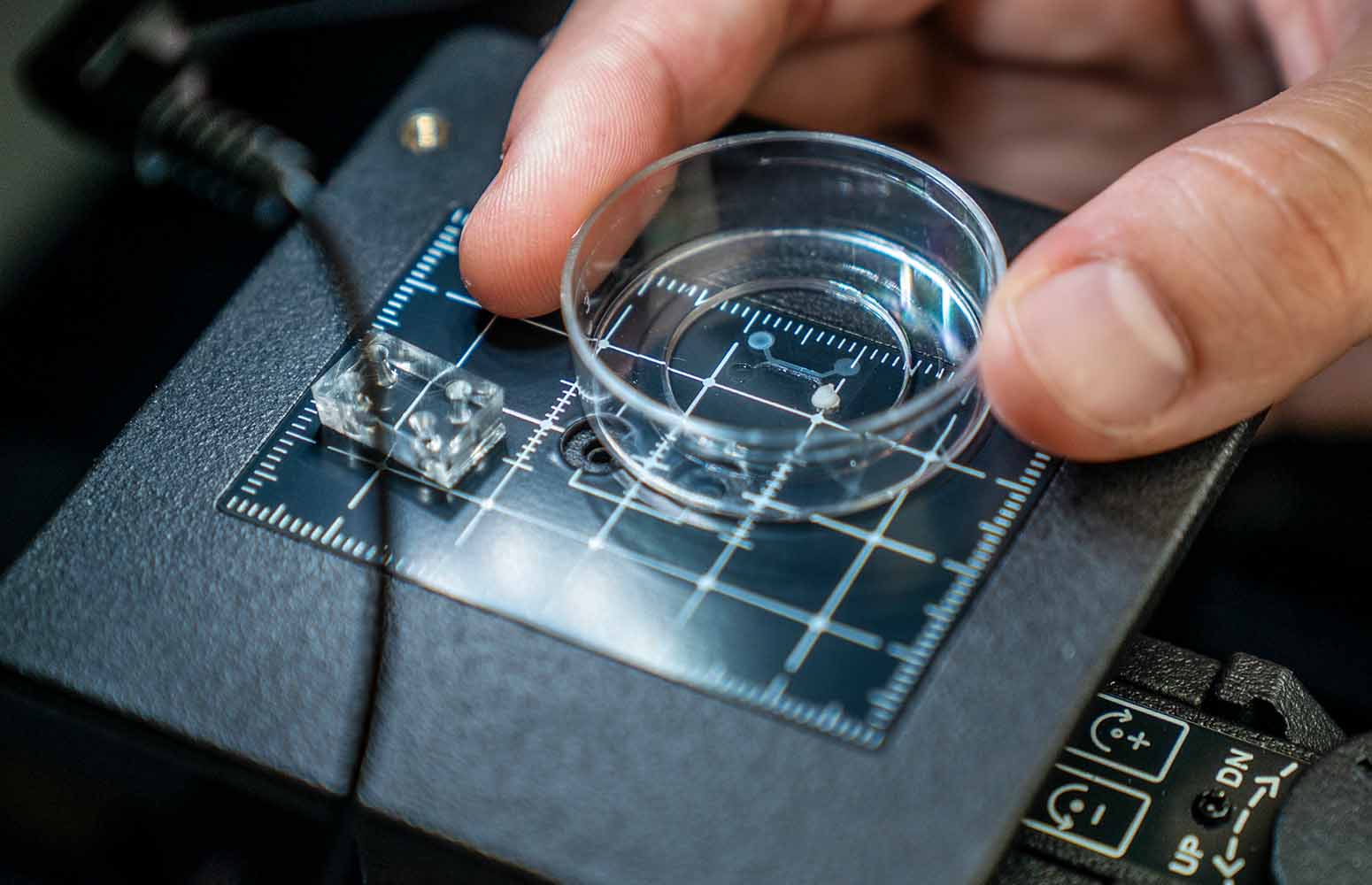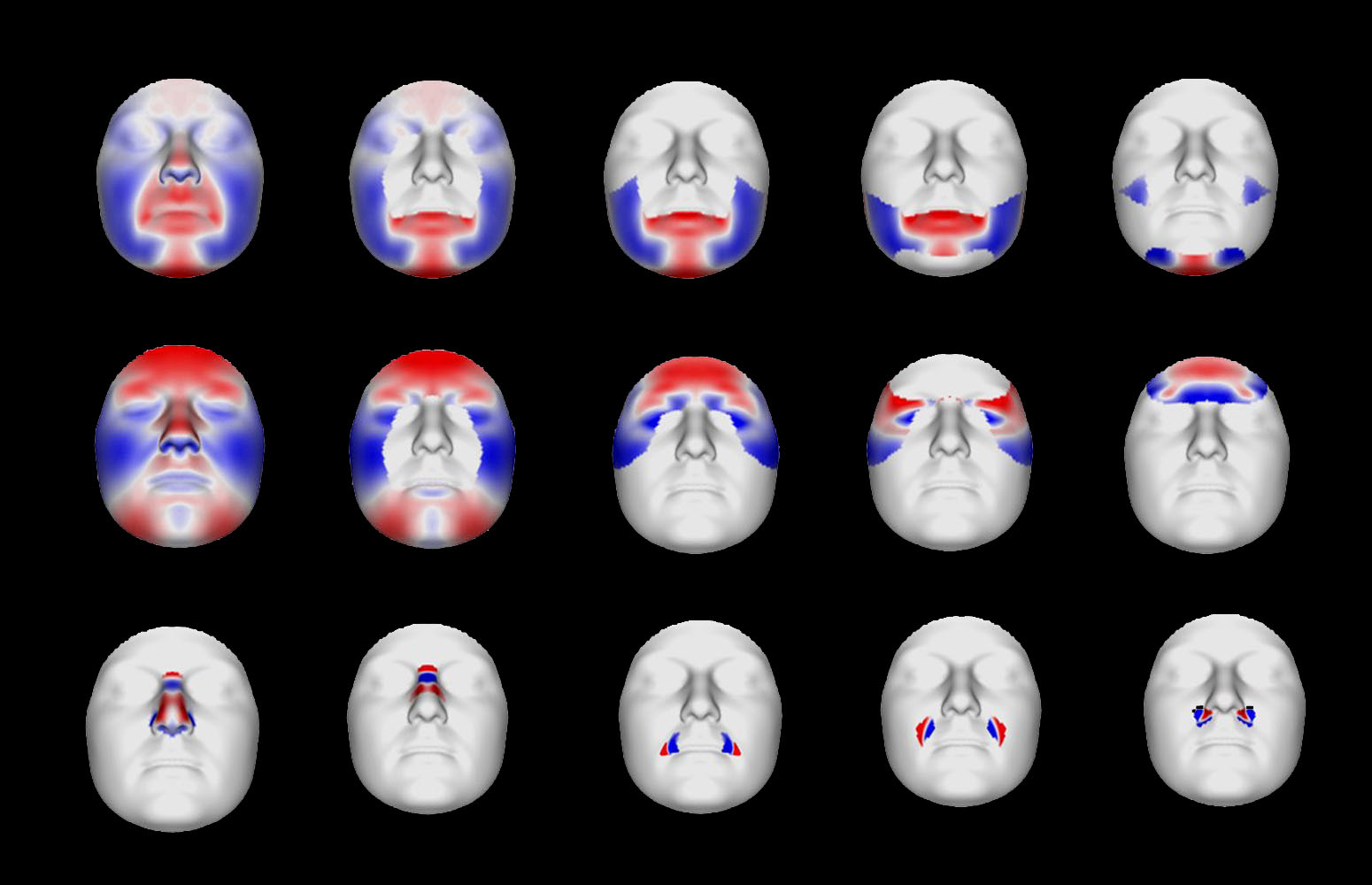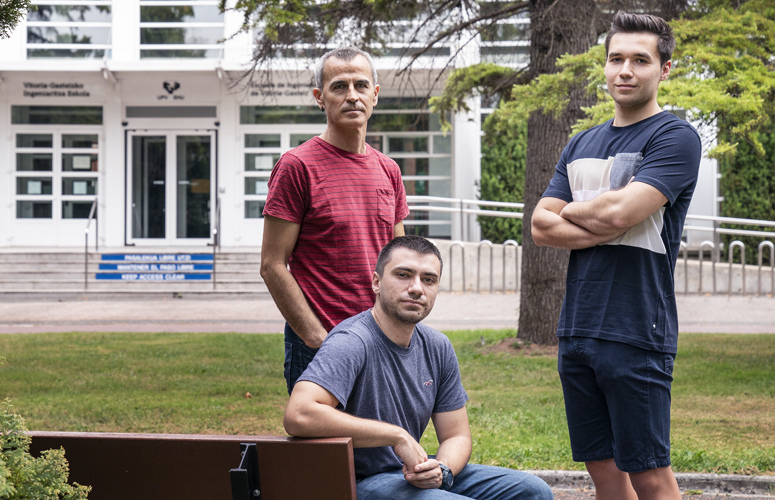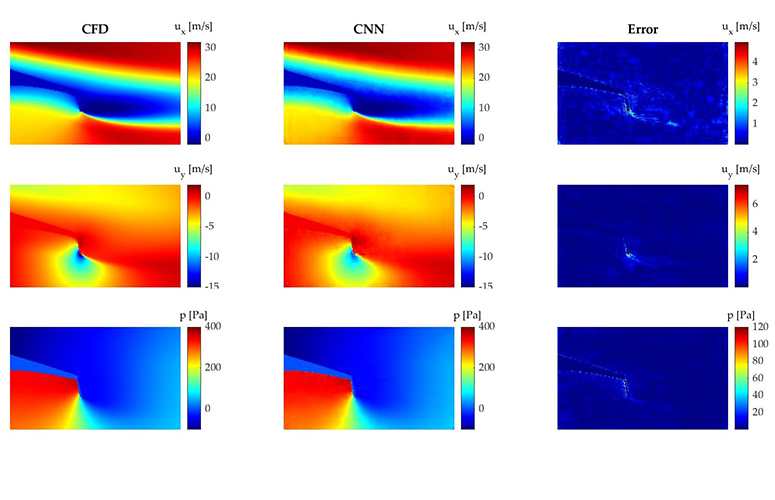Research at the Vitoria-Gasteiz Faculty of Engineering of the UPV/EHU has used convolutional neural networks to predict airflow characteristics in the aerodynamic profiles of high-power wind turbines, and has shown that flow control devices can be studied using these neural networks, with tolerable errors and a reduction in computational time of four orders of magnitude. The study has been published by Scientific Reports - NATURE.
-

Innovative vacuum lithography technique for creating functional microstructures
-

Fiscal policies are highly effective in mitigating the environmental impacts of food
-

Saliva analysis could reveal the risk of developing cancer, heart disease or Parkinson’s
-

DNA markers associated with facial features of the population
Neural networks being used to improve the performance of high-power wind turbines
They predict several flow control devices designed for wind turbines fairly reliably and much more rapidly
- Research
First publication date: 22/08/2022

Wind energy has become an important source of electricity generation and aims to achieve a cleaner, more sustainable energy model. However, in order to compete with conventional energy resources, the performance of wind turbines needs to be improved. To do this, flow control devices are deployed on the aerofoils to improve the aerodynamic efficiency of the wind turbine rotors: “So, with the same wind turbine you can produce more megawatts, the cost per megawatt hour is reduced, and when that is transferred, for example, to an offshore wind turbine (which is huge), means that the implementation cost is negligible, but the aerodynamic improvement may be in the region of 8 or 10 %,” explained Unai Fernández-Gámiz, lecturer in the Department of Nuclear Engineering and Fluid Mechanics of the UPV/EHU-University of the Basque Country.
Simulations involving Computational Fluid Dynamics (CFD) are the most popular method used to analyse devices of this type: “The software simulates the movement of fluids, which requires considerable computing capacity, i.e. very powerful computers and a lot of computing time,” explained Fernández-Gámiz. But in recent years, with the growth of Artificial Intelligence, the prediction of flow characteristics by means of neural networks has become increasingly popular; in this respect, the UPV/EHU student Koldo Portal-Porras deployed a convolutional neural network (CNN) that determines a series of parameters used for the flow control of wind turbines. This research has been echoed by the prestigious journal Scientific Reports.
A fast, flexible, inexpensive tool
The results show that the CNN proposed for field prediction is able to accurately predict the main flow characteristics around the flow control device, displaying very minor errors. As for the aerodynamic coefficients, the proposed CNN is also able to predict them reliably, and is able to correctly predict both the trend and the values. “Compared with CFD simulations, the use of CNNs reduces computational time by four orders of magnitude,” said the researcher Portal-Porras. “Fast, almost immediate results have been achieved, with an error of 5-6% in some cases. A fairly tolerable error for an industry that primarily seeks rapid results,” added Fernández-Gámiz.
“First we launched CFD simulations using two different flow control devices (rotating microtabs and Gurney flaps), and that provided the output data, which we take as real and use to train the convolutional neural network,” explained Portal-Porras. “What we do is to insert the geometry as input and the results obtained via CFD as output. That way the network is trained, and then if we insert a different geometry into it with the results it produced previously, it is capable of predicting the new velocity and pressure fields.”
According to Fernández-Gámiz, Portal-Porras has come up with “a fast, flexible, inexpensive tool. Industry nowadays requires rapid solutions. To apply networks of this type you don't really need big computers, computer clusters, etc. What is more, we have come up with a flexible tool, because it can be applied to any aerodynamic aerofoil, to all types of device systems and even to other types of geometries”. Portal-Porras pointed out that the network is suitable for any type of wind turbine, “but the training data we input were for a specific aerodynamic aerofoil. So, if you input a different aerodynamic aerofoil, you would have to do the whole training process, in other words, insert the input and output data of the other wind turbine”. Both agree on the importance of artificial intelligence: “This is a fundamental step if we want our industrial environment to be competitive. If we don't get involved in artificial intelligence, we are not going to drive forward competitiveness on international markets.”
Additional information
The Department of Systems Engineering and Automation of the Faculty of Engineering - Vitoria-Gasteiz and SGIker- Advanced Research Facilities of the UPV/EHU collaborated in the research. It also received funding through the Basque Government's Elkartek programme, set up to reduce the time and cost of fluid dynamic simulations mainly devoted to energy systems. The project has eight partners, including private companies and research centres.
Bibliographic reference
- CNN based flow control device modelling on aerodynamic airfoils
- Scientific Reports
- DOI: 10.1038/s41598-022-12157-w



